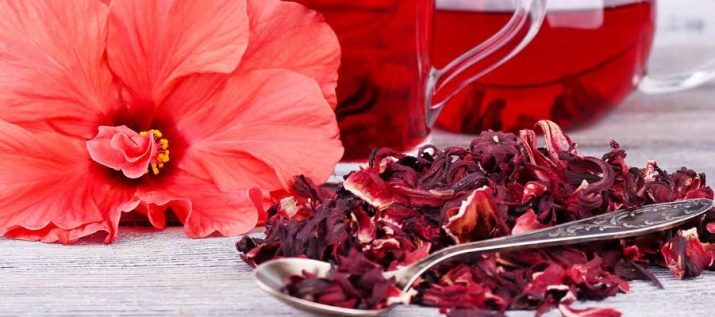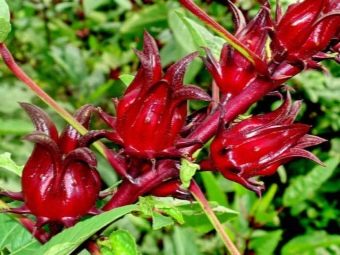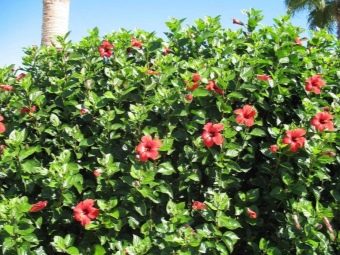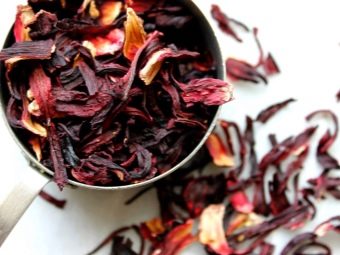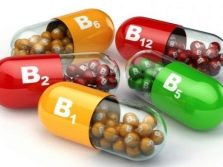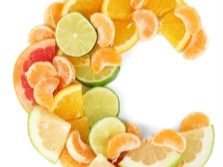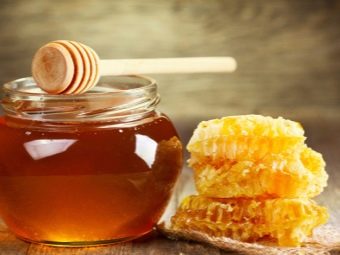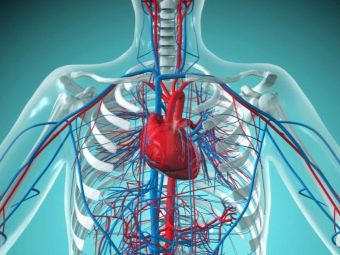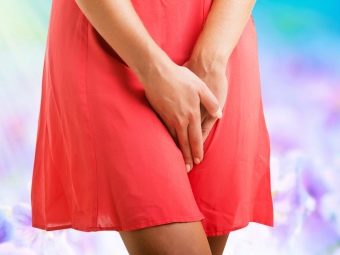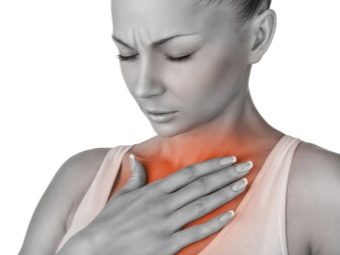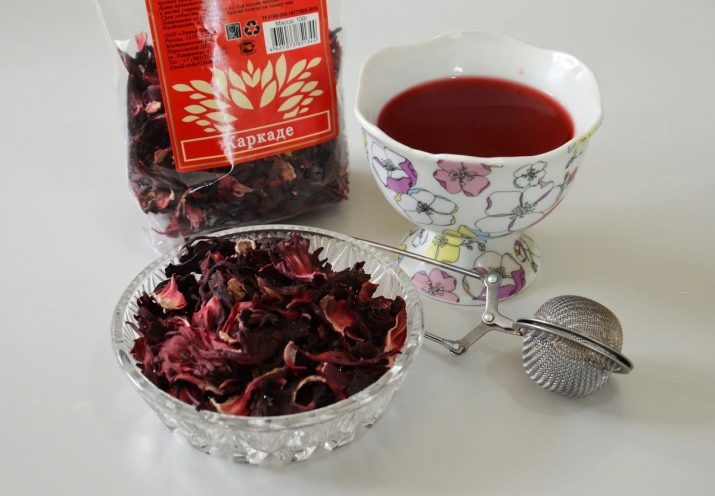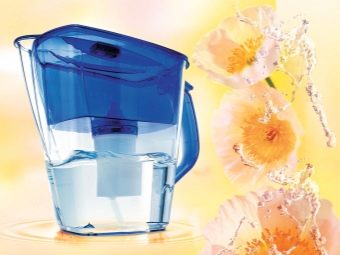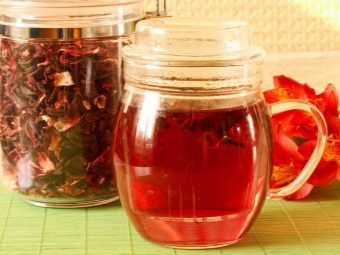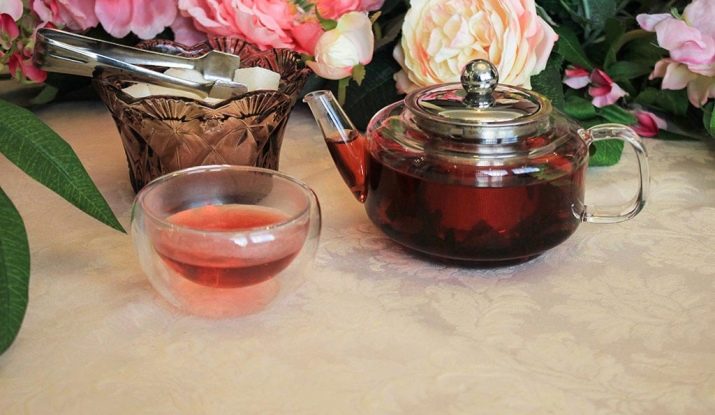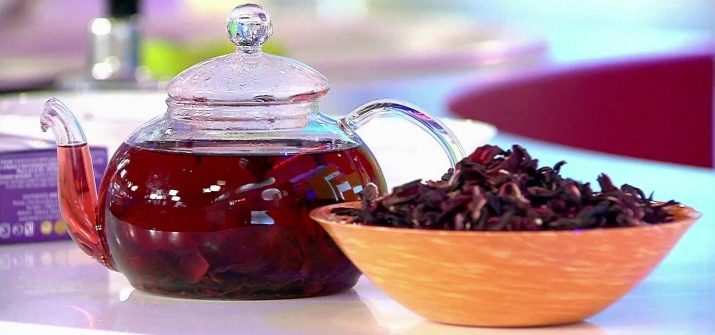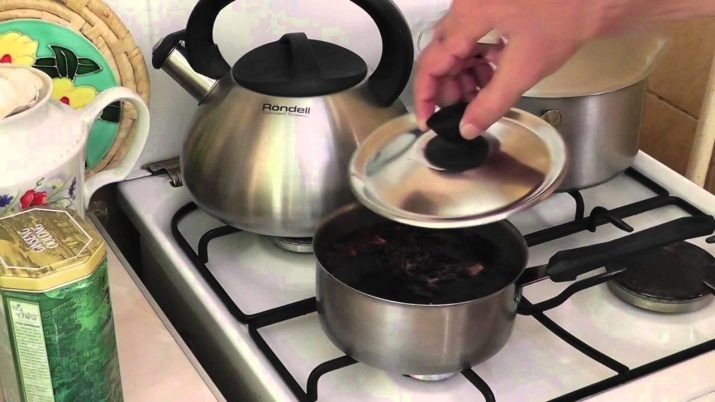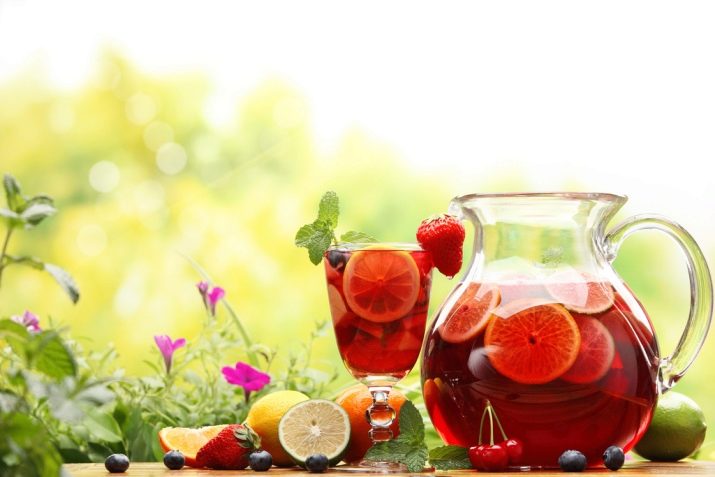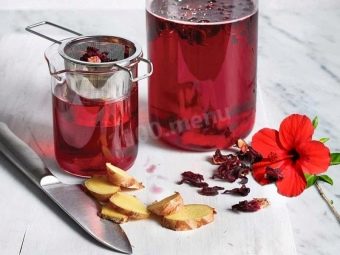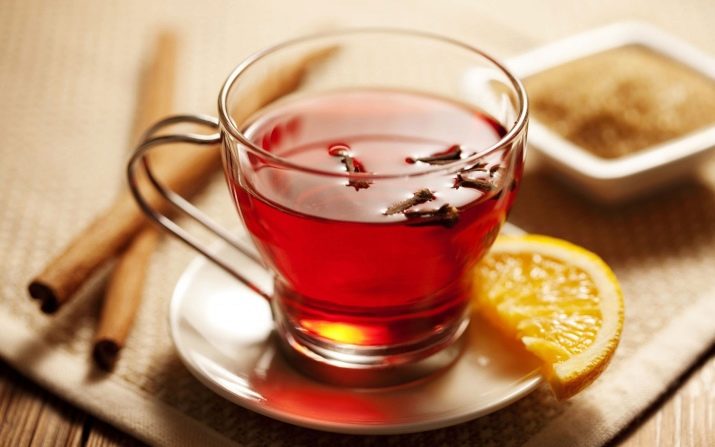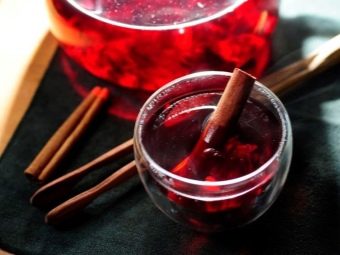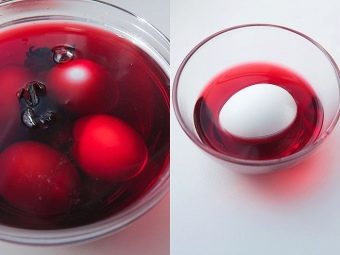Carcade: properties and rules of use

“Drink of Pharaohs”, “elixir of beauty and youth” - these colorful epithets usually describe a tea drink based on a Sudanese rose, known as karkade. How real are those healing properties attributed to a noble ruby-colored drink? How to brew and drink it for maximum benefit? Answers to these and many other questions can be found in this article.
What it is?
Hibiscus tea is herbal because it is not produced from tea shoots or leaves, but from hibiscus petals. The homeland of the drink is India, but it is most common in ancient Egypt. Now the plant is cultivated in Mexico, Sri Lanka, China, Egypt. From the place of growth, by the way, depends taste karkade. For example, a drink from Egyptian raw materials is characterized by pronounced sourness, while tea grown on Mexican plantations is slightly bitter.
Hibiscus tea is very popular in the Middle East. So, Muslims believe that each of the five petals of hibiscus symbolizes one of the commandments of the Koran. In Malaysia, the plant is considered sacred, and its image can be found on the state emblem.
Drink from the petals of hibiscus was known in ancient Egypt. There is historical evidence that this was one of Cleopatra's favorite drinks. Initially, the Carcade was available only to noble and wealthy Egyptian grandees.
Hibiscus is also called the Sudanese rose, but it has nothing in common with the familiar rose flower, since it belongs to the family of Malvaceae. It is a fairly tall plant, blooming pink or red and scarlet flowers. The inflorescences are made up of 5 delicate petals with long pollen stained stamens.
An important point - hibiscus grown as a home plant, is not suitable for brewing in tea. Of the more than 250 varieties of Sudan rose plants in tea, a single variety that grows in tropical regions of Asia and Africa is suitable. It is an evergreen shrub with double buds.
Inflorescences, and more precisely, perianths, are used to prepare the raw carcade. They are harvested and then dried in natural conditions, protecting them from direct sunlight. Disruption of the technological process of drying causes too pale or, on the contrary, a dark shade of petals, which also affects the taste of tea.
Dry brewing raw materials should contain whole inflorescences and petals of a Sudanese rose. They have a maroon shade and fruity aroma. The Sudanese karkade is of the highest quality (and at the same time expensive), the Aswan and Luxor are somewhat inferior to it.
Brewed hibiscus has a rich ruby flavor and light acidity. If you add sugar, the taste will change to sour-sweet. The taste of the drink can be compared with the taste of berry juice, however, the tea is still more saturated and somewhat tart, with a slight bitterness.
Composition and calorie
Hibiscus petals are composed of organic acids - citric, tartaric, malic, and another 10 acids. They provide a light sour taste and are responsible for the proper flow of metabolic processes. Citric acid is a natural antioxidant, and also has an antitumor effect.
The rich red-maroon color of the petals is due to the presence of anthocyanins in them. They are able to break down cholesterol plaques in the vessels, healthier and thereby strengthening the latter. This reduces the risk of varicose veins, heart attacks and strokes in humans.
The content of vitamin C is high in petals. It helps to strengthen the human immunity, increase its resistance to catarrhal diseases and negative environmental factors. In addition, ascorbic acid is also a powerful antioxidant that slows the aging process.
Vitamins of group B and magnesium, a complex useful for the nervous system, are also present in carcade.When it comes to mineral components, it is worth noting, hibiscus consists of calcium, iron, phosphorus.
Quercetin and rutin, which are biologically active flavonoids, can fight the pathogenic microflora of vitamin C.
The caloric content of carcade is approximately 48 kcal per 100 g of dry product. A teaspoon accounts for about 5 kcal. It is this volume of petals that is usually placed on a cup, which means that 5 kcal is the nutritional value of a glass of carcade without sugar and other additives.
To calculate the caloric content of a cup of tea should not be by volume, but by the weight of dry tea leaves. So, in a teaspoon is placed 1 g of petals in a dry form, in the dining room - 3 g.
Carcade is usually drunk with honey or sugar, the nutritional value of which should also be taken into account when calculating the caloric content of the drink consumed. BKU karkade is represented as 0.3 / 0.0 / 0.6.
What is useful?
The richness of the composition, the high content of vitamins, flavonoids and other useful components in tea causes a strengthening and tonic effect on the body. Regular consumption of carcade is considered to be the prevention of cancer and prevents the development of benign tumors.
The presence of ascorbic acid and bioflavonoids turns tea into one of the drinks that can be used to prevent flu, colds, and avitaminosis in the spring. Possessing the fever-reducing property of carcade, it is recommended to drink with colds and flu, during the recovery period after illness.
Tea relieves the condition in diabetes mellitus type 2, recommended for people (and is also considered its prevention), atherosclerosis, the elderly and those who lead a sedentary lifestyle. These medicinal properties are due to its ability to destroy "bad" cholesterol, strengthen blood vessels. The carotenoid rutin contained in the composition improves capillary permeability, which also improves the functioning of the cardiovascular system.
Another carotenoid present in tea is beta-carotene. The same component can be found in carrots, apricots. It is widely known as a means to help maintain visual acuity. Another "assistant" of the eye is quercetin, which strengthens the eye muscles, relieves fatigue from the eyes, and washes them with a tear. In this regard, the karkade will be useful to people who spend a lot of time at the computer or driving. In short, those whose activities involve a constant strain of the eyes.
Tea based on Sudanese rose is characterized by a slight diuretic and choleretic effect. In diseases of the gallbladder, it has an antispasmodic effect, promotes the rejection of bile, and also has a positive effect on the liver, urinary system.
Thanks to pectin, the drink is able to excrete toxins, heavy metal salts. For this reason, it is especially useful for people working in hazardous enterprises or living in environmentally disadvantaged areas. Tea is recommended for mild food poisoning, it saves from hangover.
When taken on an empty stomach, the carcade exhibits a powerful antiparasitic effect. And due to the presence of acids, it helps to improve digestion, better digestion of food. This, in turn, eliminates the feeling of heaviness and bloating of the stomach. In addition, the composition of the petals have vegetable fibers that improve intestinal motility, normalize stool, acting as a delicate afferent.
If you regularly take tea, you can get rid of insomnia, relieve stress, irritability. This is due to the presence in the drink of vitamins B and magnesium. In combination with potassium, these components help to reduce the increased heart rate, suppress the oppressive feeling in the chest with nervous exhaustion, overwork. To normalize sleep, drink is recommended to drink 3 hours before bedtime.
Tea has the ability to optimize pressure - to reduce it in case of hypertension and to increase it in case of hypotension.In the first case, the drink should be drunk hot, and in the second - in the cold.
In this case, it is fair to note that the ability to reduce pressure in tea still manifests itself to a greater degree, therefore, in case of severe hypotension, it is better to refuse carcade consumption.
Carcade is an aphrodisiac that increases sexual desire, increases potency, makes sexual sensations more vivid. In combination with its ability to heal the organs of the urogenital system, carcade becomes one of the effective means of maintaining men's health.
No less useful drink from the Sudanese rose is for women. It contains special hormones that allow you to reduce pain and unpleasant symptoms during menstruation, and when consumed by courses it allows you to adjust the cycle.
The antioxidant effect of tea is also evidenced by the fact that with its daily drinking it improves skin color, hair and nails. Tea slows the aging process, gives courage.
Finally, tea promotes weight loss, if you combine it with diet and physical activity. This is due to the cleansing ability of the drink, the ability to speed up metabolism and improve digestion. Usually, in order to lose weight, they drink tea for a month, after which they give the body a week-long rest.
When used externally, tea also exhibits antibacterial and regenerating properties, helping to heal wounds, sores, and pustules.
Contraindications
It is important to know the following.
- Due to the high content of acids in the carcade, it can harm people suffering from high acidity of gastric juice. You should not use it for exacerbation of ulcers, gastritis, pancreatitis, and other diseases.
- Despite the beneficial effects on the organs of the urogenital system, the use of carcade should be abandoned during the acute forms of diseases of this system and the bladder. The fact is that the acids entering the carcade during this period will strongly irritate the already inflamed walls of the urinary tract.
- Stones in the urinary and gallbladder, kidney, as well as severe renal ailments should be a contraindication to the reception of caracada.
- Naturally, it should not be drunk in case of individual intolerance, as well as in the presence of an allergy to red fruits and berries.
- Acceptance of hormonal drugs is a temporary contraindication to the consumption of the drink. At the time of treatment of its consumption should be abandoned.
- Carcade, having a rich shade, as well as containing a large amount of acids, has a negative effect on the tooth enamel, especially with increased sensitivity of teeth. It is recommended to drink it through a straw, and after tea drinking to rinse your mouth with clean water.
- Do not drink karkade while planning pregnancy and carrying a child. Due to the presence of estrogen in the tea, female hormones, there may be irregularities in the functioning of the ovaries and, as a result, difficulties in conceiving a child.
- Due to its ability to influence the vascular system and blood flow, hibiscus tea is prohibited for pregnant women. It can provoke uterine bleeding, dangerous for mother and fetus. You should not drink it and breastfeeding - the components of tea will fall into the body of a child with milk and may cause allergies.
- Like any drink, with excessive use of carcade can cause harm to the body - reduced concentration. In more severe cases, pressure is reduced, dizziness, lethargy occurs, nausea and abdominal pain are possible. Even in the absence of contraindications, the permissible dose of a drink from Sudanese rose is no more than 3 glasses a day.
- Often, even with moderate consumption of the drink and the absence of contraindications karkade can cause heartburn. The reason for its occurrence is too high karkade fortress. Increases the impact of acids excessively high or low temperature of the drink.And even if you put sugar in such a tea, you will only deceive the receptors of the tongue, but not reduce the concentration of acids.
The way out of the situation will be to reduce the strength of the drink - put fewer dry petals and reduce the time of infusion.
How to brew?
To provide the maximum benefit, as well as to reveal all the richness of the taste of the hibiscus, only correct brewing allows it. It is important to choose high-quality raw materials for this. In most cases, the tea in the box is significantly superior in quality packaged option. The latter usually contains non-standard - tea dust, petals, dried in violation of technology. In addition, wanting to save on raw materials, manufacturers for weight put in bags not only karkade, but also other herbs, the remnants of ordinary black tea, etc.
The correct raw materials are whole dried flowers and petals of bright burgundy color with pink blotches. They emit a delicate floral and fruity aroma, and if they are not carefully handled they break down and turn into dust. The producer must indicate the countries indicated at the beginning of the article as a place where hibiscus is grown (Sri Lanka, India and others).
For brewing karkade it is important to choose the right dishes. Do not fit for this metal or plastic kettles. Optimal dishes will be the one that is made of glass, ceramics, porcelain.
It is important to use clean soft water. You can use special filters to clean and soften it, or pour tap water into a tank with a wide bottom and leave to infuse for 8-10 hours. Then the top layer of water is drained, the middle one is used for brewing tea, and the water from the bottom is also drained into the sink. To soften water, you can throw a pinch of soda or sugar into it.
As for brewing technology, there are 3 ways.
Cold
The cold method of brewing allows you to save the maximum benefit, since none of the useful substances are destroyed. However, this method takes time and they will not be able to use if you suddenly and immediately decided to drink karkade.
As is clear from the name of the method, tea is brewed with cool water. To do this, put 2 teaspoons of tea leaves in the teapot, fill them with 300 ml of cool, pre-boiled water and leave for at least 2-3 hours.
Hotter
The hot brewing method is more familiar, it allows you to enjoy a fragrant warming drink within a few minutes after brewing. Speaking of the hot method, do not mean that you need to pour the petals with boiling water. This will destroy all the beneficial properties of tea. The water temperature should be no more than 75-82 degrees.
The technology is similar to that described above. It will take 2 teaspoons of raw materials, which is poured 300 ml of hot water. Infusion time is 3-5 minutes.
Cooking
Cooking karkade is one of the oldest ways to make a drink. Used it in ancient Egypt, placing a vessel for brewing in hot sand. Prepare similar way karkade at home as follows.
In a saucepan or a small thick-walled pot, pour 2-3 teaspoons of dry petals, cover them with cool water and put on the fire. After boiling the liquid, give it to the fire for exactly 4 minutes and 40 seconds, then remove from the heat and immediately pour into cups.
Hibiscus can be brewed with fruit, harmoniously it will be felt apples and pears, sliced. You can use dried fruit, as well as wild rose, orange zest, spices (cloves, cinnamon, ginger).
The cooled ruby drink perfectly quenches thirst, so in the summer heat it can be brewed in a jug by adding herbs and fruits. Pour 5-6 teaspoons of dried karkade flowers on the bottom of a jug (2 liters), add 2-3 slices of lemon, a sprig of mint or rosemary (you can also together), cinnamon, sugar.Pour the composition with cool boiled water, leave for 30-40 minutes, and then leave for an hour and a half in the refrigerator. Serve in transparent glasses, putting ice and decorating the drink with a slice of lemon, a sprig of mint or hibiscus after brewing.
Instead of a lemon or with it, you can put a few slices of orange (no need to peel it, cut it immediately with the peel) or a peach, cut into slices. Cinnamon can be replaced with cloves, and vanilla can be added instead of regular sugar.
If you want to get a refreshing spicy drink, combine hibiscus with freshly grated ginger and ground cardamom. Karkade with lemon harmoniously combines with spices for mulled wine and honey. The ruby drink with the addition of lemon balm and lemon has a refreshing and soothing effect.
For colds and flu, it is recommended to combine hibiscus with dried rose hips and honey.
No less interesting is the recipe karkade with lemon and spices. Tea (5-6 tablespoons) should be cooked with 4 peas of allspice, cinnamon stick, 5 umbrellas of cloves and a pinch of nutmeg. The finished drink is poured into cups, where pre-put a slice of lemon. According to this recipe, karkade can rightly be referred to as “winter” drinks, as it has a pronounced spicy taste.
How to use?
Useful properties of carcade manifest themselves only with the consumption of freshly brewed tea. A drink that costs more than a few hours, like an analogue in bags, is not recommended to drink. It is not only not beneficial, but also capable of causing deterioration.
Immediately after brewing and insisting tea can be served. For this, ordinary tea cups with saucers are usually used. In addition to the drink, lemon, honey and sugar sliced into slices are placed on the table. The cooled drink can be served in transparent glasses, additionally putting a plate with crushed ice and tongs on the table.
In European countries, carcade is usually drunk chilled by adding sugar and lemon. In Asian countries, primarily in Thailand, ice cubes are also added to the drink, and in addition, wine is prepared based on it.
In Egypt, this drink also prefer to drink cold. They serve it in wine-like glasses. Karkade necessarily present on the holiday table.
In Africa, ginger and mint are also required components of a Sudanese rose beverage.
In Jamaica, the inflorescences are boiled in boiling water, followed by the addition of cloves, ginger and cinnamon. Here the drink is also necessarily served on holidays. Rum is often added to it.
When losing weight, they drink karkade 3 times a day, half an hour before meals. This helps to improve the flow of bile, facilitates digestion, triggers metabolic processes, and also allows you to reduce the amount of food eaten without feeling hungry.
Apply carcade can not only inside but also externally. For example, make ice cubes of tea for daily facial massage. To do this, tea is brewed in the usual way and poured into ice molds. It is recommended to use cubes every morning. This procedure will help to wake up, will have a toning and rejuvenating effect, will give an even complexion.
For ulcers, cuts, long-healing wounds, lotion with carcade is effective. To do this, in a freshly brewed drink, you need to moisten the disc and attach it to the damaged area for a couple of minutes. Repeat several times a day, each time using freshly brewed tea.
In cooking, acidic brewed karkade petals are put in salads, and, in a dry form, are ground to a state of powder and added to the dough for baking. Hibiscus is also useful at Easter - along with onion peel, it is a natural dye for eggs.
For more on the benefits of karkad tea, see the next video.

